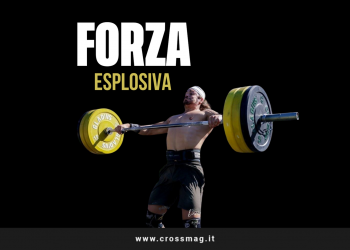Fitness magazines and websites extol the benefits of core training, But the force Is this muscle area really that important?
La answer is yes! A strong core offers numerous benefits for athletes, office workers, children, the elderly, and people who work standing.

Index
What muscles make up the core?
The core it is not composed only of abdominal muscles; The muscles in the front of the lower trunk are also part of the core.
The muscles that make it up are:
- abdominal: the rectus abdominis and transverse abdominis muscles are involved in the movement and stabilization of the spine
- Obliques: they play a role of protection and rotation of the spine
- Back: the quadratus lumbar is a deep abdominal muscle located in the lower back
- Pelvic floor: it houses organs such as the urethra, bladder, intestine, rectum, cervix and vagina; pelvic floor muscles and tissues contribute to sexual health, hip stabilization, urination, and bowel movements
- Vertebral column: the erector and multifidus muscles are connected to basic movement through the spine
- Diaphragm: muscle associated with respiration, but also useful for digestive function and blood transport to the heart.
Core training benefits
- Stabilize the lower back: basic core exercises can help strengthen the back muscles, improve balance and restore physical performance
- Improve flexibility: young and old can benefit from targeted core exercises to improve movement control and posture; learning to engage your core muscles can help you stay on your feet longer and avoid accidents
- Help balance: several people are prone to having coordination and balance problems; a strong core leads to improved balance, independence and quality of life
- Support better posture: poor posture can lead to neck, back, shoulder pain and other musculoskeletal disorders; training your core helps you maintain correct posture over time
- Support better form of training: Just as core exercises improve posture and balance, core strength training can help improve the fitness of the workout itself; one of the most popular exercises useful for this purpose is the plank

- Increase stability: stability consists in the ability to carry out tasks easily and independently; stability is not limited to standing and avoiding falls. Core exercises also help with climbing stairs and holding heavy objects
- Facilitate daily movements: Engaging the core through intentional breath control and improved posture can offer benefits for daily movements such as bending, lifting and turning
- Help reduce pain: core strength training can be beneficial for those suffering from chronic back and hip pain; training the core is safe and accessible to everyone, but it's always good to consult a professional
- Facilitate running: Since running engages the core muscles of the hips, glutes, and back, it's possible that core-targeting exercises can benefit speed and breathing while running.
And you, how do you train your core? Let us know in the comments and remember to follow us on our telegram channel
SUBSCRIBE HERE TO THE TELEGRAM CHANNEL












